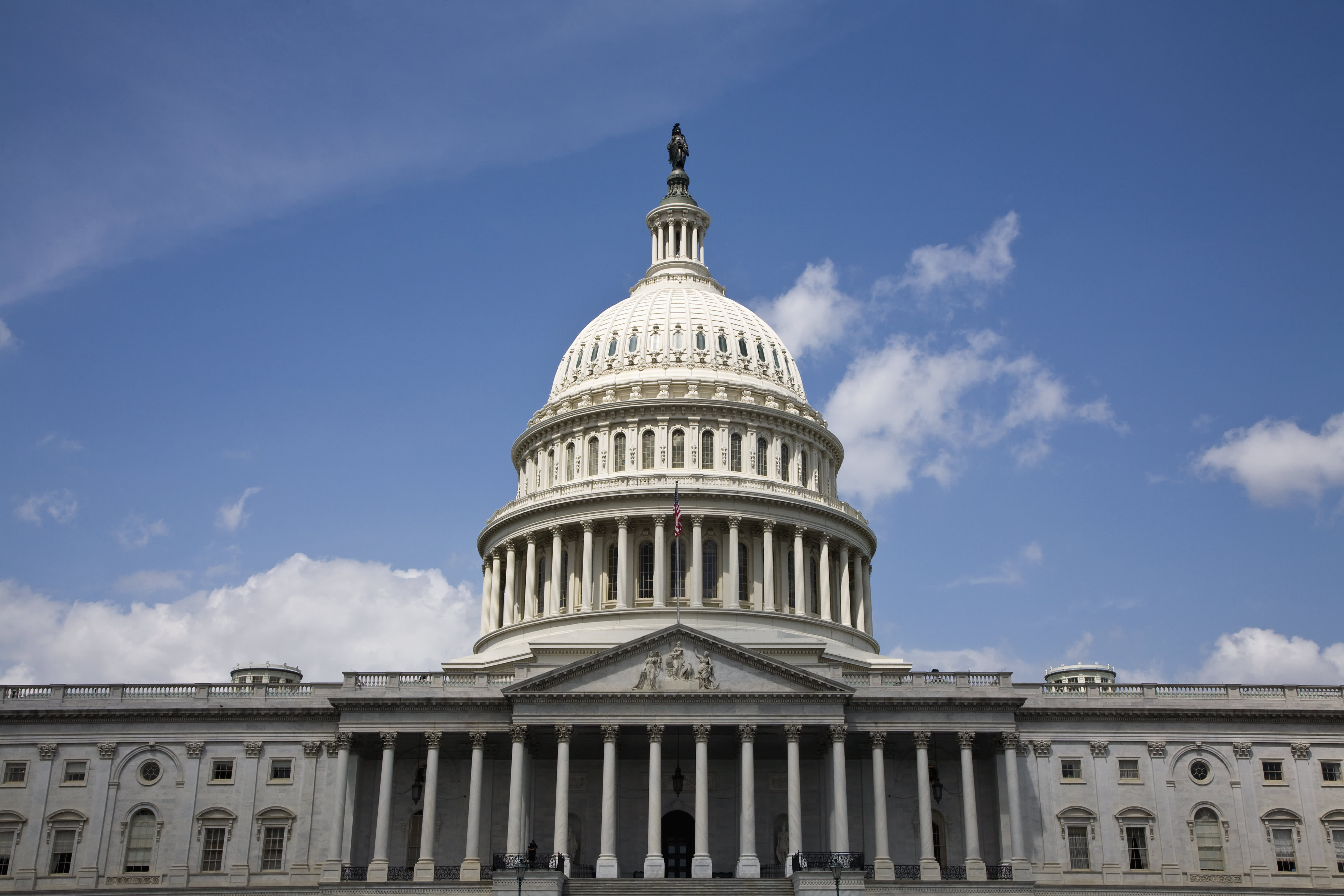
Frederick Bass | fStop | Getty Images
$180 billion
The relief package allocates $180 billion for “additional unemployment insurance,” according to a framework outlining cost elements.
It’s the second-largest pot of money available, placing only behind $288 billion in support for small businesses, including funds for the Paycheck Protection Program.
The bill would also offer money to state and local governments, vaccine development and distribution, education, housing assistance and child care. It would also offer some legal protections to companies related to coroavirus lawsuits.
$300 a week
The proposal would give unemployed workers a $300 weekly enhancement to jobless benefits, lawmakers said when unveiling the plan.
That’s half the $600-a-week boost workers received from the $2.2 trillion CARES Act, passed in the spring. It’s equal to a Lost Wages Assistance subsidy that President Donald Trump created with federal disaster-relief funds in August. Both stipends were temporary and ended months ago.
Self-employed and gig workers
The proposal would offer additional weeks of unemployment benefits for self-employed, gig and other workers who are traditionally ineligible for aid from their state, according to Cole Avery, the aide for Sen. Cassidy.
The CARES Act paid benefits to these workers though the Pandemic Unemployment Assistance program.
The CARES Act also gave 13 extra weeks of benefits to those who exhausted their allotment of state unemployment insurance (which lasts up to six months in most states).
The new framework would add further weeks of these payments, called Pandemic Emergency Unemployment Compensation, according to Rachel Cohen, a spokeswoman for Sen. Mark Warner, D-Va., who is among the lawmakers spearheading the bill.
There were more than 13 million Americans receiving assistance through the PUA and PEUC programs as of mid-November, according to Labor Department figures issued Thursday.
Such workers, who account for two-thirds of all people receiving jobless benefits, would lose all aid the last weekend in December without congressional action.
“Adding the weeks is critical,” said Andrew Stettner, a senior fellow at the Century Foundation and an unemployment expert. “Getting people through the winter with something is pretty vital.”
Timing
The timing of these additional benefits is among the biggest question marks so far relative to jobless aid.
For one, it’s unclear if the $300 weekly supplement would be retroactive. Democrats had called for the payments to be back-dated to early September, when the Lost Wages Assistance payments ended.
As of now, it appears payments will not be backdated — meaning they would be available to workers unemployed as of Jan. 1, Cohen said. However, negotiations have been fluid and may change, she said.
Lawmakers have also discussed making the $300 subsidy available back to Dec. 1.
The duration of extra benefits for PUA recipients (self-employed and gig workers, for example) and those collecting PEUC (workers who exhausted their standard state aid) is also unclear.
However, it seems they’d last for at least three months, through the end of March.
Senate Majority Leader Mitch McConnell, R-Ky., had suggested a three-month extension in a separate, narrower relief proposal. In a speech Sunday, Senate Minority Leader Chuck Schumer, D-N.Y., said the bipartisan bill would extend these benefits for four months.
Funding three months of $300-a-week payments, plus a three-month extension of PUA and PEUC benefits, would cost about $140 billion, according to Ernie Tedeschi, an economist at Evercore and a former Treasury Department official.
That’s about $40 billion less than the $180 billion cap set under the bipartisan framework.
“They have a little bit of room to work with,” Tedeschi said.


